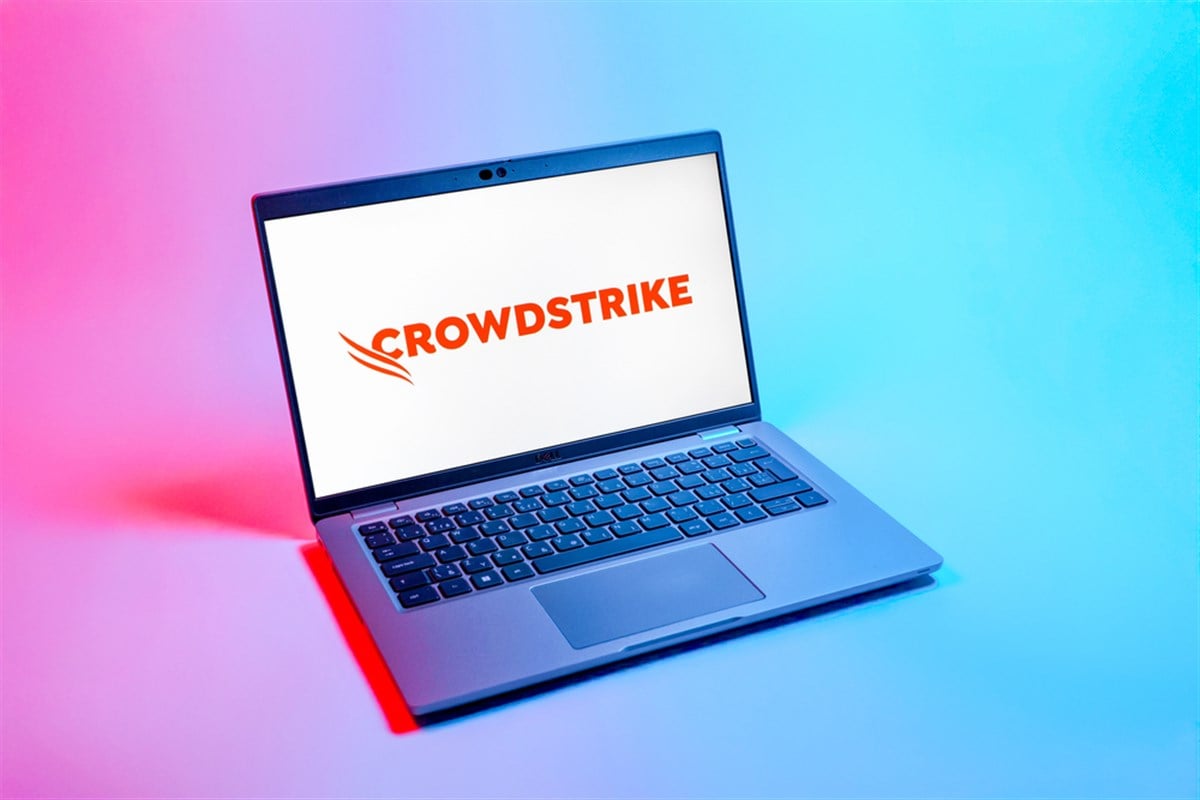3 Stocks Quietly Leveraging AI While Everyone Chases NVIDIA

Artificial intelligence is still the headline story in markets—but the smartest opportunities might not be the ones everyone’s already talking about. While the biggest AI names have been making massive moves, a quieter kind of transformation is happening behind the scenes.
Joe Austin from Chaikin Analytics is watching that shift closely. In his Breakthrough Investor research, Austin is focused on real businesses—some of them decades old—that are using AI to improve how they operate, not just their stock price.
These aren’t speculative moonshots or hype-driven tech plays. They’re companies using AI to make meaningful improvements: streamlining operations, serving customers more efficiently, and turning data into real decision-making power.
For investors willing to dig a little deeper, these picks offer something different—and potentially more durable. It’s an approach Austin explores in Breakthrough Investor, and it could lead you to names you haven’t considered before.
Interactive Brokers: The Tech-First Brokerage Using AI Everywhere
Interactive Brokers (NASDAQ: IBKR) isn’t new to investors, but the way it uses AI across its entire platform is still widely underappreciated. With operating margins near 86%, the company has spent decades automating everything from customer service to trade execution.
Its AI assistant, IBot, lets traders request charts, screen companies, and pull research using natural language. The result is a brokerage that operates more like a deeply engineered tech platform than a financial services firm.
Austin also points to its expansion into prediction markets, where users can bet on outcomes like elections, sports, and economic events. With nearly 4 million customers and regulatory infrastructure in 38 countries, Interactive Brokers is positioned better than most to scale this globally.
It’s not marketed as an AI stock—but that’s exactly why it stands out.
Roku: AI Is Powering the Next Stage of Its Ad Business
Roku (NASDAQ: ROKU) may have started as a hardware company, but it’s evolving into a full-fledged ad-tech platform. With 90 million households using Roku devices, AI is now central to how the company recommends content and serves ads.
As streaming continues to fragment, advertisers need a smarter way to reach viewers without bombarding them with the same ad repeatedly. Roku’s system learns from user behavior to deliver better targeting and better engagement—an Instagram-like model for TV discovery.
A new deal with Amazon gives Roku access to roughly 80% of U.S. households for ad placement. The company is now profitable, cash‑flow positive, and launching a buyback program. And with such a large, data-rich audience, it has become a quietly compelling acquisition candidate.
AI is reshaping its future—and the market hasn’t fully priced that in.
TE Connectivity: The Industrial AI Investors Overlook
TE Connectivity (NYSE: TEL) makes connectors and components—not a category that screams “AI winner.” But its parts live inside nearly everything connected to the Internet of Things (IoT), from vehicles to industrial pipelines to smart-home systems.
As AI spreads into physical infrastructure—sensors, automation, real-time monitoring—the demand for TE’s products accelerates. The IoT market is growing around 20% annually, and TE benefits from both new installations and rapid refresh cycles, as older devices become outdated quickly.
After years of sluggish sales, the company is finally seeing top-line acceleration. It’s been one of the strongest performers in the Breakthrough Investor portfolio, and Austin believes its role as a “picks-and-shovels” supplier to the AI-enabled world is still underestimated.
It may look like an old-line industrial on the outside, but TE is positioned right at the center of AI’s real-world expansion.
Real AI Winners Aren’t Always the Obvious Ones
Interactive Brokers, Roku, and TE Connectivity don’t market themselves as AI companies—but they don’t need to. They’re already using AI to cut costs, improve customer experience, and open new lines of business.
As Joe Austin puts it, the biggest winners of each tech era weren’t always the companies building the infrastructure—they were the ones deploying it best.
Learn more about TEL


